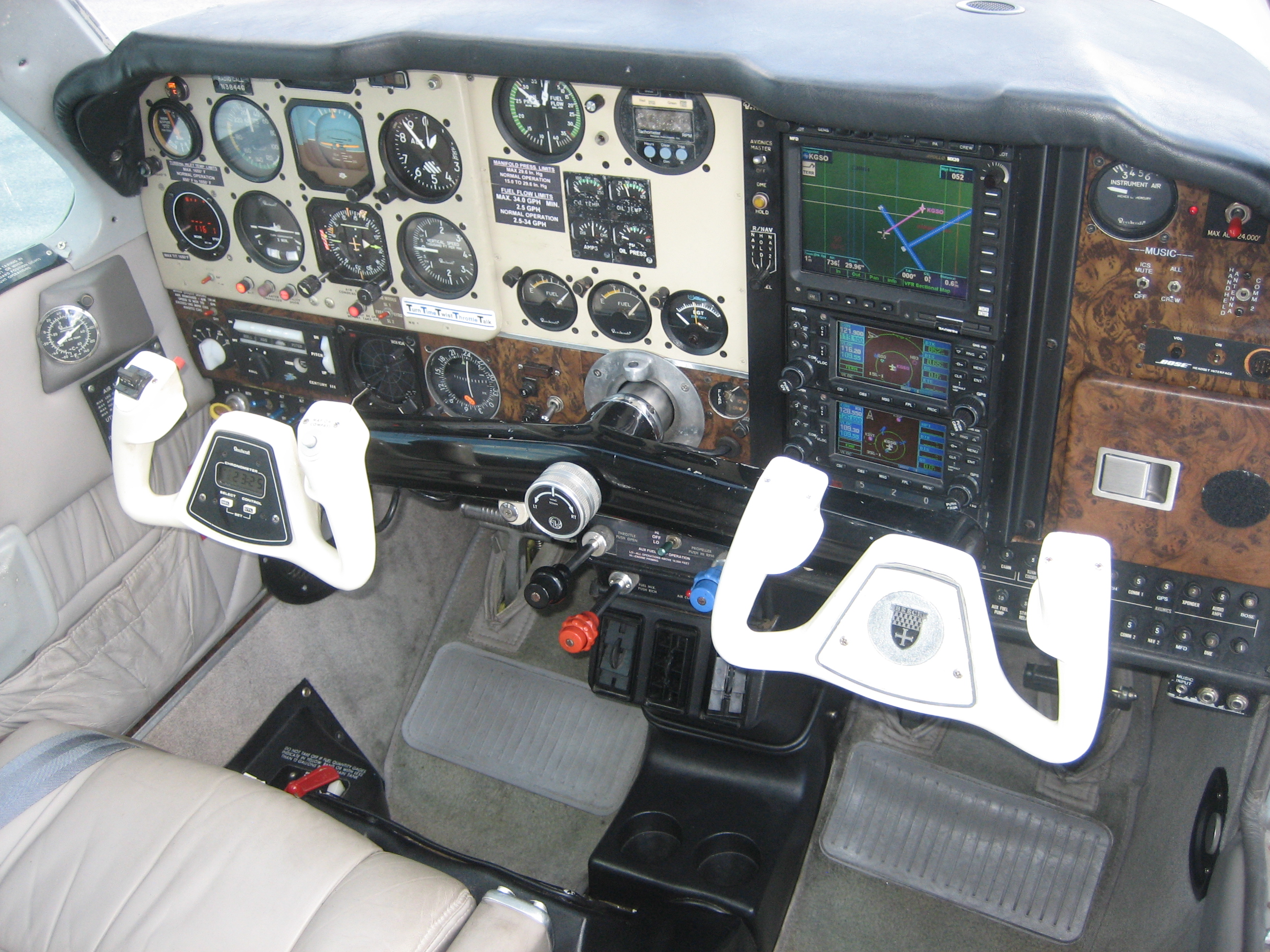Commercial pilot license requirements contain 10 hours of complex airplane flight time (at least it was so in 2018 – as far as I know, now only technically advanced aircraft time is required). Complex airplane means the one with a retractable gear, flaps and constant-speed prop. But from the April 2018 it is not required to use that kind of airplane for a checkride.
Usually our school uses Beechcraft Bonanza, BE-35 V-Tail. It is not a very common airplane, and it is kinda expensive. I did not want to fly 10 hours in a single engine in favour of a multi-engine one, but I still wanted to have a high-performance endorsement.
It is not very obvious, but our multi-engine Duchess does not meet the high-performance requirements in spite of even higher total power than the Bonanza. To meet the requirement, the power per each engine should be higher than 200 HP, and our Duchess has only 180 HP per engine. And it does not matter than the Bonanza has only one engine.
The airplane is beautiful and mighty. It is equipped with a 3-blade propeller, electric retractable gear, electric flaps, and rather modern avionics. At first I had kind of ‘nose up’ attitude, much more than in a Duchess. Throttle, prop and mixture levers are similar to the ones in a Cessna 172.
The airplane has only one cockpit door at the right side, and the interior looks like this:

It’s important to remember than every half-hour we should switch fuel tanks, like in Piper aircrafts.
Another problem is that flaps lever is located at the place where we have gear control in Duchess.
The airplane is mighty – the acceleration is fast, the engine sounds louder, and the prop sound is also higher: probably it’s due to a 3-blade prop.
It is not a Cessna 172 at all: it is faster, it has better avionics, and the controls require higher force. Even a rudder needs higher control forces, probably it is because of a V-Tail.
The landing is even easier than in a Cessna. The approach speed is the same, but I felt kind of stronger ground effect.
It is an interesting airplane. Thank you for flying, Bonanza!
Leave a Reply